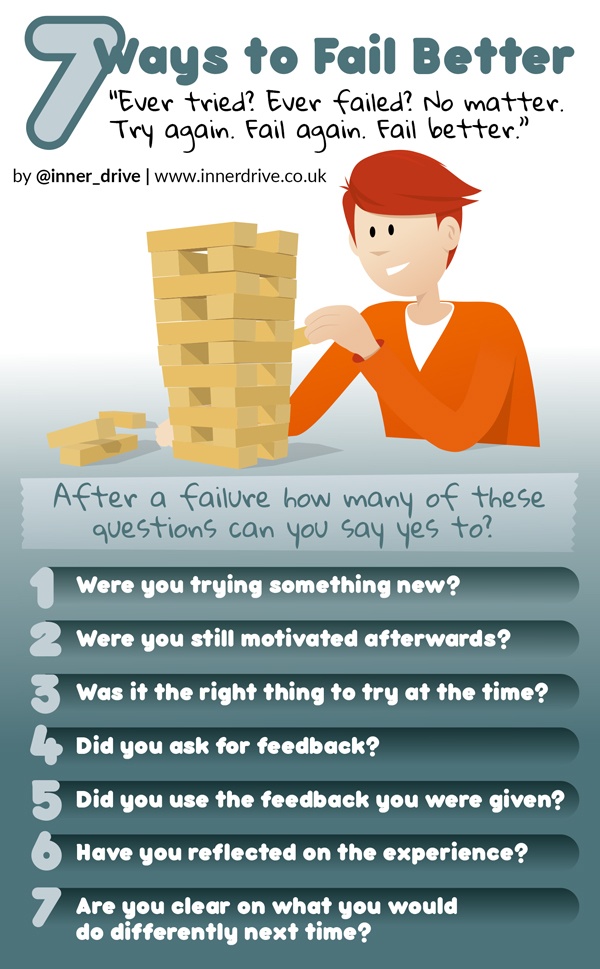This post provided by Busy.Coach
Coaches often have a handful of great ideas about how to improve their program. For many coaches it is difficult to put those ideas into action. Here are some thoughts getting better at following through.
By Mandy Green
I just finished up speaking at the United Soccer Coaches Association National Soccer Convention.
A big thing that coaches were talking to me about this weekend is that they always have a lot of new ideas for how they can work better, but after the initial excitement wears off, they struggle to follow through and take action.
Although you start the day with the best of intentions, of course, you know what happens right? Life throws you a curveball. Maybe an administrator, another coach or somebody on your team stops by for an unexpected conversation.
Or maybe even for you, an addiction to distraction kicks in. Sorry if this sounds a little harsh, but coach, when you allow yourself to get distracted for long enough, you’ve essentially trained your brain to underperform. As a result, you likely struggle from a lack of focus, perhaps an inability to concentrate for long periods of time, and this near constant feeling of being totally overworked and overstretched and overcommitted.
But here’s the deal: if you want to create and contribute and experience extraordinary things in this life — and I believe you do because you are reading this newsletter — then you have to buck the status quo. You have to break cycle of these addictions and really push back against all these other distractions. You need to develop an unshakable ability to follow through on what is most important to YOU.
I mean, just think about it. When was the last time that you really completed a goal that truly mattered to you? When was the last time you set an important goal and you made it happen? I mean, doesn’t it just feel GREAT to check something off your list or complete an important project or say that something is finally DONE?
You see … no matter how enthusiastic we are at the beginning of any new day or with each new project, there’s one crucial habit that makes all the difference in the world: follow-through. And the ability to finish what we start.
As I continue to try to help you decide what’s most important, then to eliminate what’s not important, and to make doing the work that you need to do as effortless as possible, I can tell you without hesitation that THIS ability — the ability to focus on what matters, to finish what you start — has been invaluable to me as a coach, as a business owner … and quite frankly, as a human.
From my own experience, I have found that there are two big problems that get in our way of following through:
First, most of us are working on way too many things at once. We allow ourselves to be pulled in too many directions. Instead of making meaningful progress on a single project that really, really matters, we wind up feeling constantly overloaded and overstretched and get stuck doing maintenance tasks all day.
Now the second problem? Oftentimes we are fuzzy about our outcome. Meaning, most of the time, we’re just working hard and trying to keep our heads above water without a clearly defined, achievable result that we’re working towards.
The good news here is we have the power to fix both of these problems. And when we do, we gain some serious momentum and we train ourselves to become masters of follow-through.
So the very first step is this: we must decide.
Meaning, DECIDE what’s truly most important. And, to be clear — I’m not talking about several things here, I’m talking about choosing just ONE thing. One TOP priority. One single goal.
For you to develop the habit of finishing what you start – you’ve got to be willing to choose ONE important goal or ONE project that you want to get done.
Did you know that the word “decide” comes from the Latin word, “decidere,” which means “to cut off”? So when you decide on one thing, you cut yourself off from everything else except from that which you’ve said is most important.
As it is Sunday and you are hopefully preparing for kicking ass in the office this week, I want you to think about this question: What’s one thing you could focus on (a single project or goal) that, if you finished it, would make a tremendous positive impact on your program and life?
If you’re having trouble committing to JUST one thing, if you’re unwilling to commit to one thing, I want you to remember this: you’re most likely going to be distracted by EVERYTHING.
Shut off your phone, close email and eliminate all distractions. Have a great week!
If you want to challenge yourself to a Busy Coach 30 Day Productivity Challenge this month, go here to get the details.
Email me at mandy@busy.coach.com to let me know how it goes for you. I love hearing all of your success stories of how this is working for you!!!!!
If you are interested in having me help you get your program and staff organized and firing on all cylinders this year, email me at mandy@busy.coach.
Win the day!
